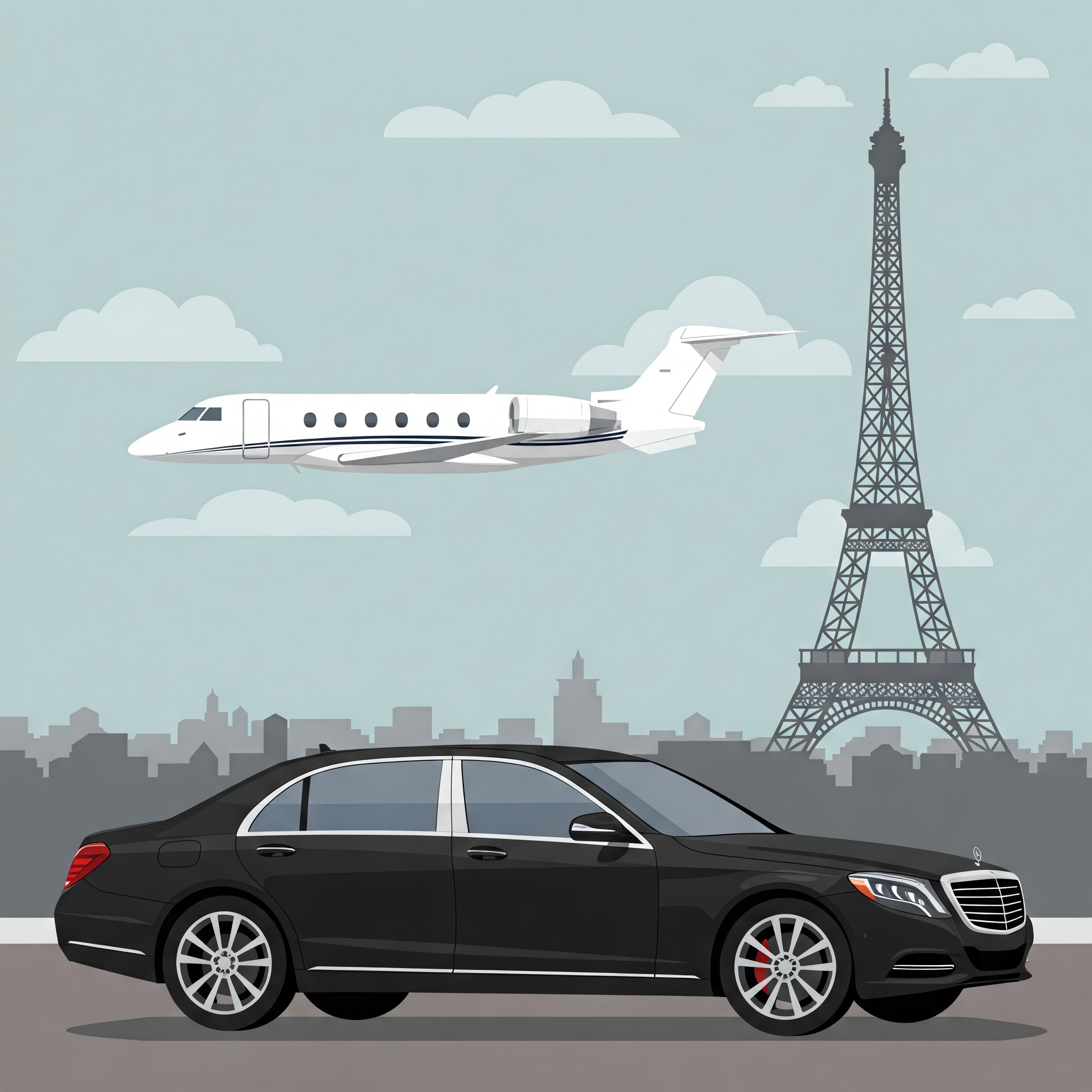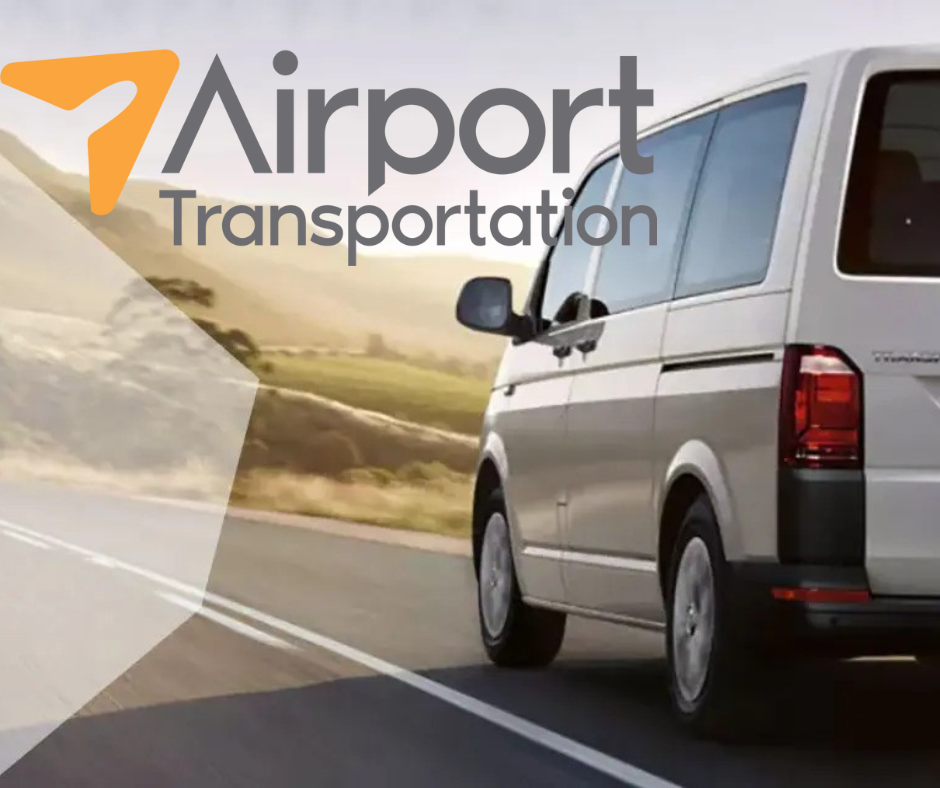Flying Blue: The Golden Goose of Air France-KLM
In the competitive world of aviation, loyalty programs have become more than just a perk for frequent flyers—they’re strategic assets. For Air France-KLM, the Flying Blue program has evolved into a significant revenue generator, often referred to as the group’s “golden goose.”

Flying Blue: The Golden Goose of Air France-KLM
What’s Flying Blue?
Launched in 2005 following the merger of Air France and KLM, Flying Blue serves as the joint loyalty program for both airlines. Over the years, it has grown to encompass over 22 million members worldwide, with approximately 13 million actively earning or redeeming miles within a 36-month period. The program operates on a revenue-based model, where miles earned correlate directly with the amount spent on flights, excluding taxes and fees. Depending on their status tier—Explorer, Silver, Gold, Platinum, or Ultimate—members earn between 4 to 9 miles per euro spent.
Economic Significance
Flying Blue’s financial impact on Air France-KLM is substantial. In 2022, the program accounted for 15% of the group’s profits, translating to approximately €200 million. Moreover, Flying Blue members were responsible for 41% of all flight bookings but contributed 47% of the revenue, highlighting their higher spending patterns compared to non-members.
Strategic Partnerships and Expansion

American Express Membership Rewards
Beyond flight bookings, Flying Blue has strategically partnered with various non-airline entities to diversify its revenue streams. Collaborations with companies like Booking.com, Hertz, and major credit card issuers allow members to earn miles through hotel stays, car rentals, and everyday purchases. The program also integrates with financial platforms such as American Express Membership Rewards, Capital One, and Chase Ultimate Rewards, enabling seamless point transfers.
These partnerships not only enhance the program’s appeal but also contribute to its profitability. Air France-KLM plans to increase revenue from selling miles to partners by 8% annually, aiming for 60% of miles to be sold to non-airline partners by 2028.
Customer Engagement and Program Design
Flying Blue’s success isn’t solely based on financial metrics; its design emphasizes customer engagement. The program incorporates gamification elements, encouraging members to attain higher status tiers through Experience Points (XP), which are earned based on flight distance and cabin class. This structure incentivizes frequent travel and higher spending.
Ben Lipsey, Senior Vice President for Customer Loyalty at Air France-KLM, underscores the psychological aspect of loyalty programs. He notes that such programs aim to stimulate “irrational behavior,” where customers prioritize loyalty benefits over price or convenience.
Recognition and Industry Standing
Flying Blue’s comprehensive approach has garnered industry accolades. In a 2024 study by Point.me, evaluating 62 international airline rewards programs, Flying Blue secured the top position globally. The program was lauded for its ease of earning miles, competitive redemption rates, and extensive partner network.
Flying Blue exemplifies how a well-structured loyalty program can transcend traditional customer retention roles to become a pivotal revenue source. Through strategic partnerships, customer-centric design, and continuous innovation, Air France-KLM has transformed Flying Blue into a cornerstone of its business model. As the aviation industry evolves, Flying Blue’s success offers a blueprint for leveraging loyalty programs to drive both customer engagement and financial performance.






